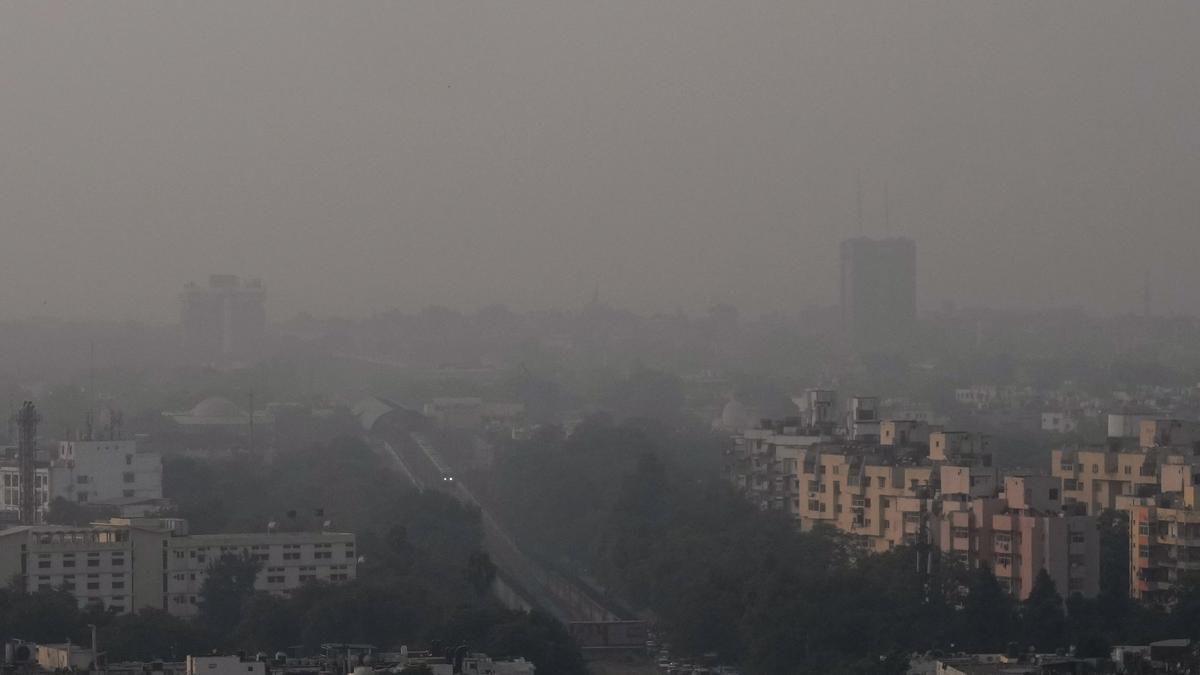 |
|
The recent severe air pollution crisis in New Delhi and North India has starkly highlighted a critical gap between the readings provided by government-run air quality monitors and the actual pollution levels experienced by the population. While official government monitors, using an index that considers multiple pollutants and health impacts, reported scores capped at 500, independent crowdsourced networks revealed PM2.5 levels exceeding 1600. This discrepancy underscores a significant limitation in the current system of pollution monitoring, leaving citizens largely unaware of the true extent of the environmental hazard they face. The government's index, launched in 2014, uses a scale where 401-500 corresponds to PM2.5 levels of 250 or more. The fact that the index fails to accurately reflect the extreme pollution levels observed, where PM2.5 soared to over 1600, points to a critical flaw in its design and implementation. The failure to reflect the actual severity of the situation leads to inadequate response measures and places the public health at greater risk.
The void left by the inadequate official monitoring has been filled by a surge in crowdsourced air quality monitoring initiatives. Networks of citizen-operated sensors deployed across the city have provided real-time data, often more readily available and detailed than information from official sources like the Central Pollution Control Board (CPCB), the Indian Meteorological Department, and the Delhi Pollution Control Board (DPCB). This reliance on citizen science highlights the limitations of official monitoring infrastructure and its potential for underreporting, creating a significant public health information deficit. Companies like IQAir, a Swiss firm, have played a key role in providing and managing these crowdsourced networks, offering platforms for individuals to contribute data through their own sensors. The process includes verification measures such as requiring documentation and photos of the sensors to ensure data accuracy and to mitigate instances of skewed data due to incorrect sensor placement. The proliferation of these crowdsourced efforts showcases the power of citizen engagement in environmental monitoring when official systems fail to provide adequate and timely information.
The discrepancy between crowdsourced and official monitoring data isn’t solely due to a lack of detection capabilities in government monitors. While the index is capped at 500, data from the DPCB's dashboard reveals PM2.5 levels consistent with readings from other networks. The issue lies in the index’s methodology, which considers multiple pollutants and their combined health effects rather than solely focusing on PM2.5 levels. This approach prevents the index from reflecting the full extent of pollution spikes even when a single pollutant, like PM2.5, reaches alarmingly high levels. Experts, like Ronak Sutaria, founder of Respirer Living Sciences, advocate for a more balanced system incorporating inexpensive, readily deployable monitoring devices. This would provide a far more representative and comprehensive view of pollution levels across the city and would ensure greater transparency and accountability. The high cost of government-deployed monitors (often exceeding $30,000 USD according to Dr. Chester-Schroeder of IQAir), which track multiple parameters, further exacerbates the problem. Mr. Sutaria's proposal highlights the need to distinguish between the agencies measuring pollution and those regulating it, arguing that the current lack of separation introduces potential conflicts of interest and hinders effective pollution control measures.
The current situation in Delhi emphasizes the urgent need for a more comprehensive, transparent, and accessible air quality monitoring system. Relying on crowdsourced data as a primary source of information reveals a critical failure of the official monitoring system. This gap exposes the population to undue risks and undermines efforts to address the severe air pollution problem. The high cost of government-standard monitors should not be an insurmountable barrier. Investing in a combination of high-precision government monitoring stations alongside a robust network of low-cost, widely distributed citizen-based sensors would offer the best approach. This two-pronged strategy would ensure both detailed, accurate readings from calibrated instruments as well as broader spatial coverage through crowdsourced efforts. Furthermore, ensuring independence between the agencies responsible for monitoring and regulating pollution would foster greater transparency and more effective policy responses. The ongoing crisis demands immediate action to reform the current system, prioritizing public health and ensuring access to accurate and timely pollution data for all citizens.
Source: Crowdsourced devices help track air pollution as government monitors lag behind
